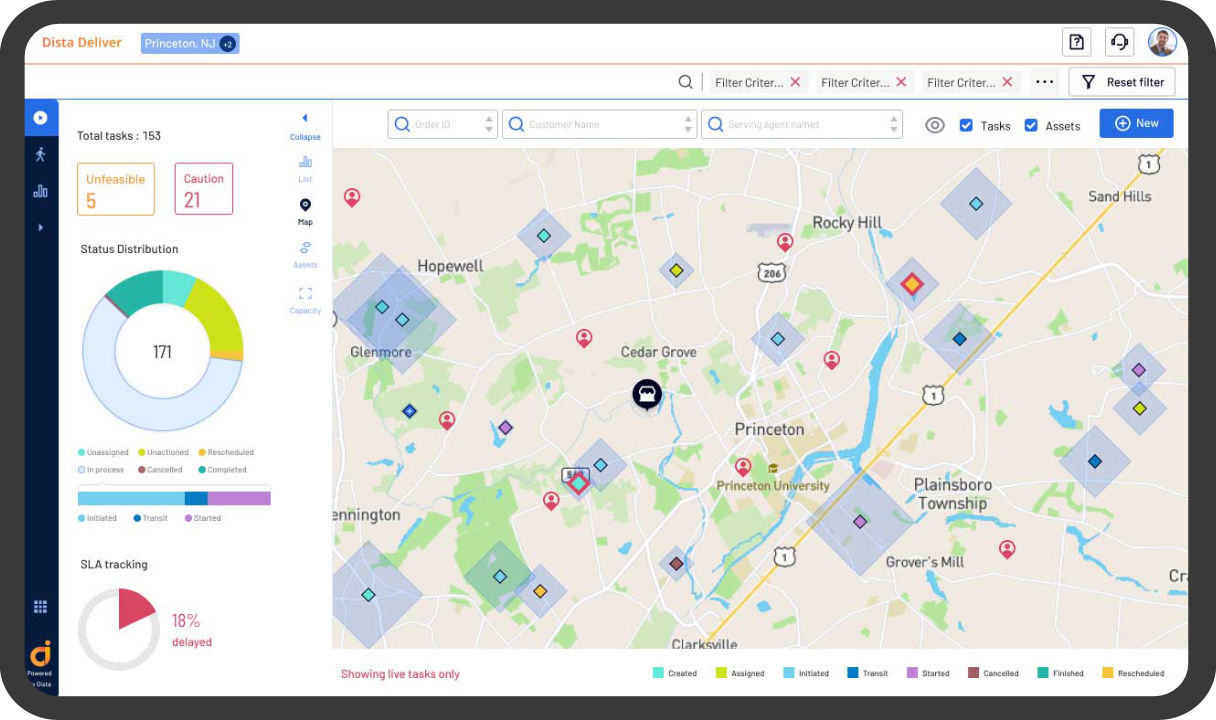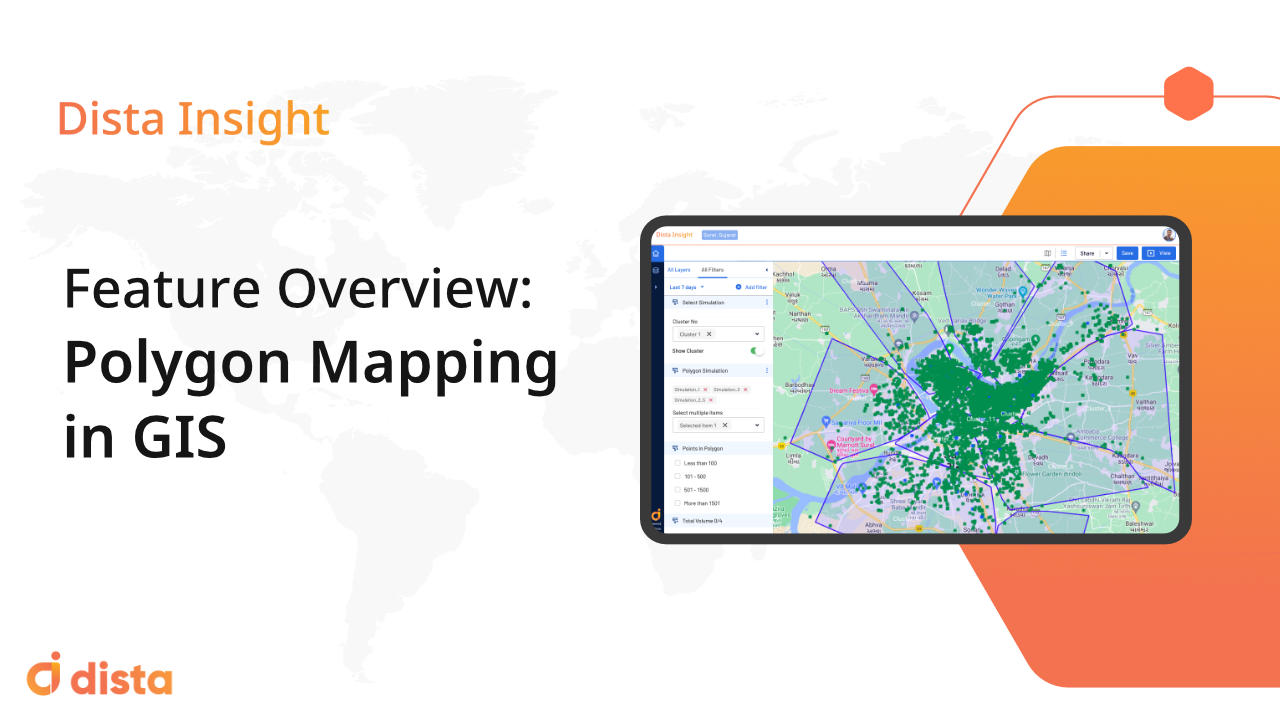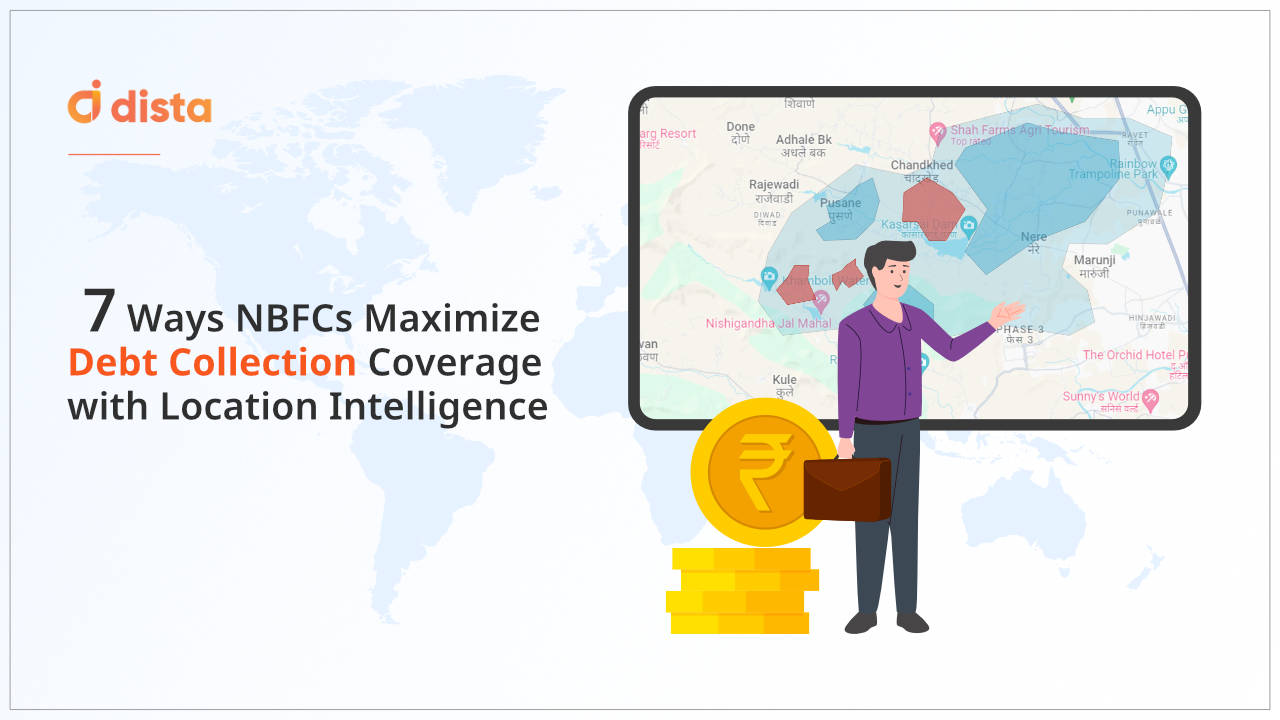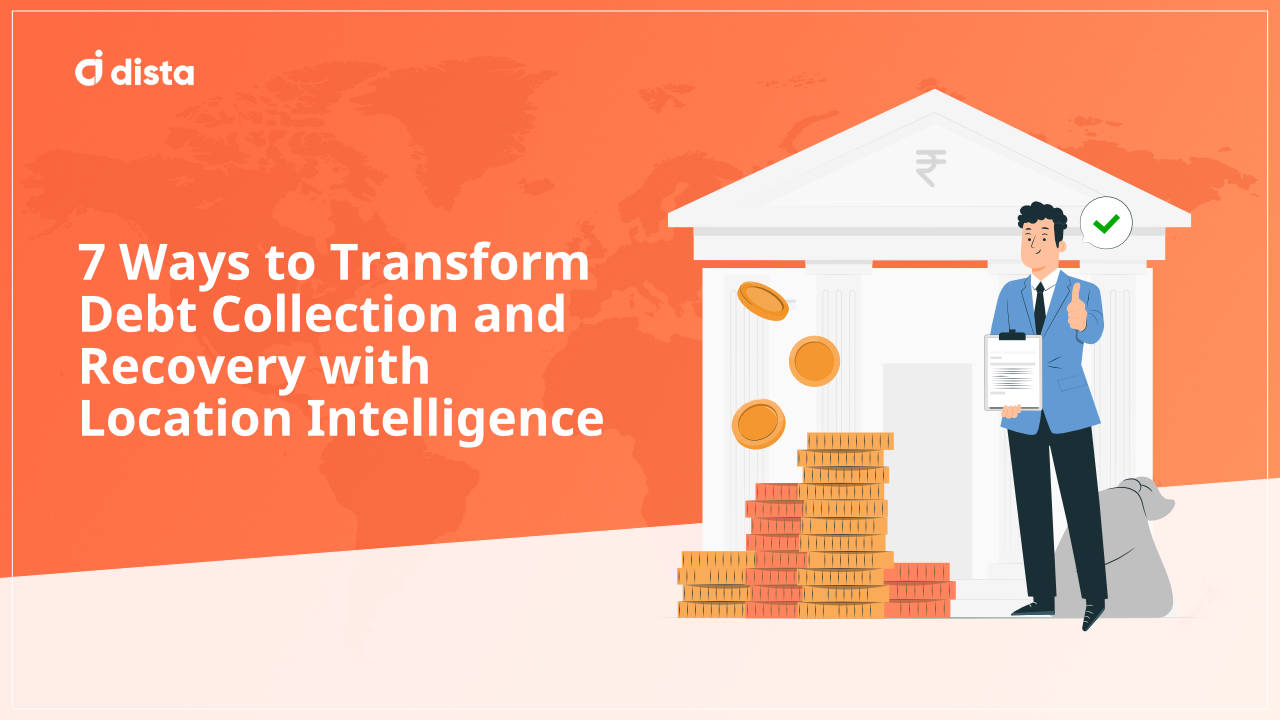What is a Polygon Mapping in GIS?
In GIS (Geographical Information System), vector data represents the information in three formats – points, lines, and polygons. Polygons are used in GIS to measure the area and perimeter of a particular location. Typically, it represents large areas like the boundary of a state, lake, or forest, zip codes, zones, etc. Polygons on a map are commonly represented with different schemes and patterns for easier identification of data.

Benefits of Creating Polygons
The main aim of creating polygons is to visualize and analyze data points on the map. You need to set predefined business rules in your system along with the location points and analyze the polygon. This enables businesses to perform gap analysis and make strategic decisions.
How Can You Create and Analyze Data Points Using Polygons?
You can add multiple polygons to a layer, and each polygon can consist of a different set of business rules. A layer consists of a large data set that can have different parameters like latitude, longitude, address, images, etc.
You can manually create and edit polygons. Additionally, you can freeze the most appropriate cluster into polygons. This way, you can superimpose multiple clusters and polygons for deeper data set analysis. Polygons can be styled by count, color, density, and so on. Clicking on them will surface detailed information about its data. You can download data against polygons. Our system lets you surface relevant information using filters for different data layers like areas with high, low, medium density, and so on.
With Dista Insight You Can
- Create and view polygons based on clustering rules
- Create polygons based on outer points of the cluster
- Define, color, and name the polygons
- Configure data and view pop-up for a polygon
- Create a grid for a location by defining the size of the cell
- Modify polygons and its attribute based on the superimposed grid view
- Save and share the analysis
Also read – What is geospatial analysis?
Polygon Mapping Use Cases by Industry
1) Real Estate
Commercial and residential real estate companies can use polygon mapping to carve out areas based on the characteristics of area clusters. These characteristics could include the area’s socio-economic nature, mobility index, working population share, buying pattern, and more. Leaders can design polygons by segmenting every city into pincode-based clusters using these variables to unlock hotspots for new site selection.
2) Insurance
Using Disa’s patented clustering algorithm, insurance underwriters and claims managers can design polygons that accurately map insurers and improve policy conditions. Underwriters can use location-driven insights to identify area clusters that are high crime zones, prone to natural disasters to mitigate any risk of fraudulent claims.
Polygon mapping also ensures that an optimal number of field agents are aligned to every territory cluster. It helps in spotting gaps in agent assignment and resource optimization. Leaders gain full visibility of field agent activity on a map within every polygon.
3) NBFC & Microfinance
Sales and collection leaders of NBFCs and microfinance firms get meaningful insights from each polygon. Territory clusters of each polygon are defined using multiple parameters including precise customer locations, customer density, base location of field agents and more.
Accurate mapping of customers enables better collection coverage, increases the number of customer meetings held by field agents in a day, reduces travel time and distance for field agents.
4) FMCG & Retail
Polygon mapping is crucial for sales territory mapping in consumer goods organizations. Sales and strategy leaders can design territories using multiple variables and run simulations to identify the most optimal territory mapping approach.
Sales leaders design polygon clusters to balance territories with equitable lead distribution. As a result, leaders can run scheduling algorithms to schedule meetings and plan optimized routes, ensuring sales reps spend more time with prospects and customers.
For the CPG industry, polygon mapping offers a strategic advantage in understanding their retail outlet coverage. By planning business expansion and identifying underserved areas within and outside a polygon, they can plan a cohesive growth strategy. They can also reduce resources in a particular polygon if they are being underutilized, showcasing their efficiency.
Most importantly, by identifying locations within polygon clusters that are suitable for opening a new store and overlaying competition data, companies can compare retail outlet coverage with competition, expanding their sales coverage.
Final Thoughts
Polygon mapping is crucial to get accurate visual insights on a wide range of variables. It helps in establishing relationships between critical spatial data points. Mapping polygons helps gain detailed analysis of sales territories, consumer behavior patterns within an area cluster. It ensures mapping of reps, sales visits, service visits are attributed accurately to the right place.
Polygon mapping empowers insurance companies and banks to precisely assess the risk associated with a particular area. Dista designs precise polygons to create optimized area clusters that correlates multiple data variables to derive specific trends.













